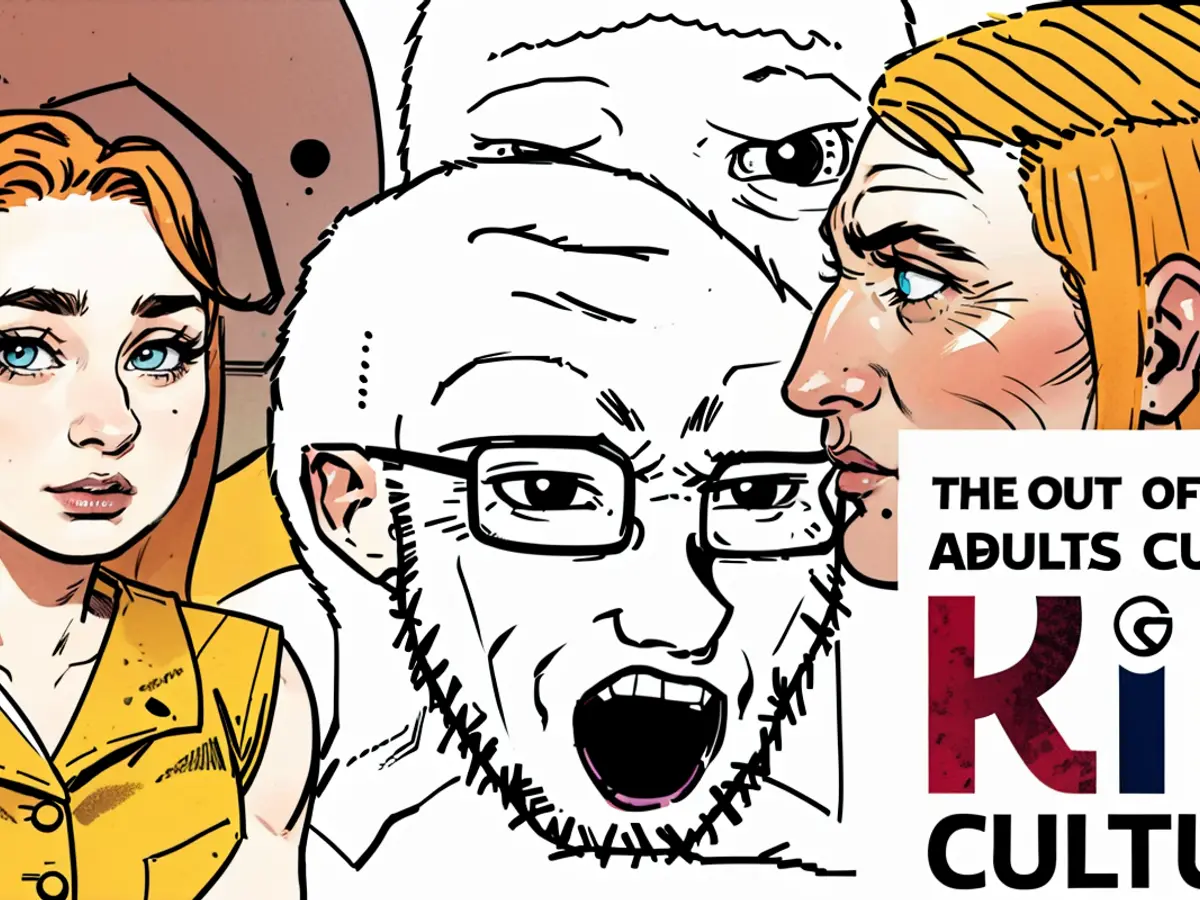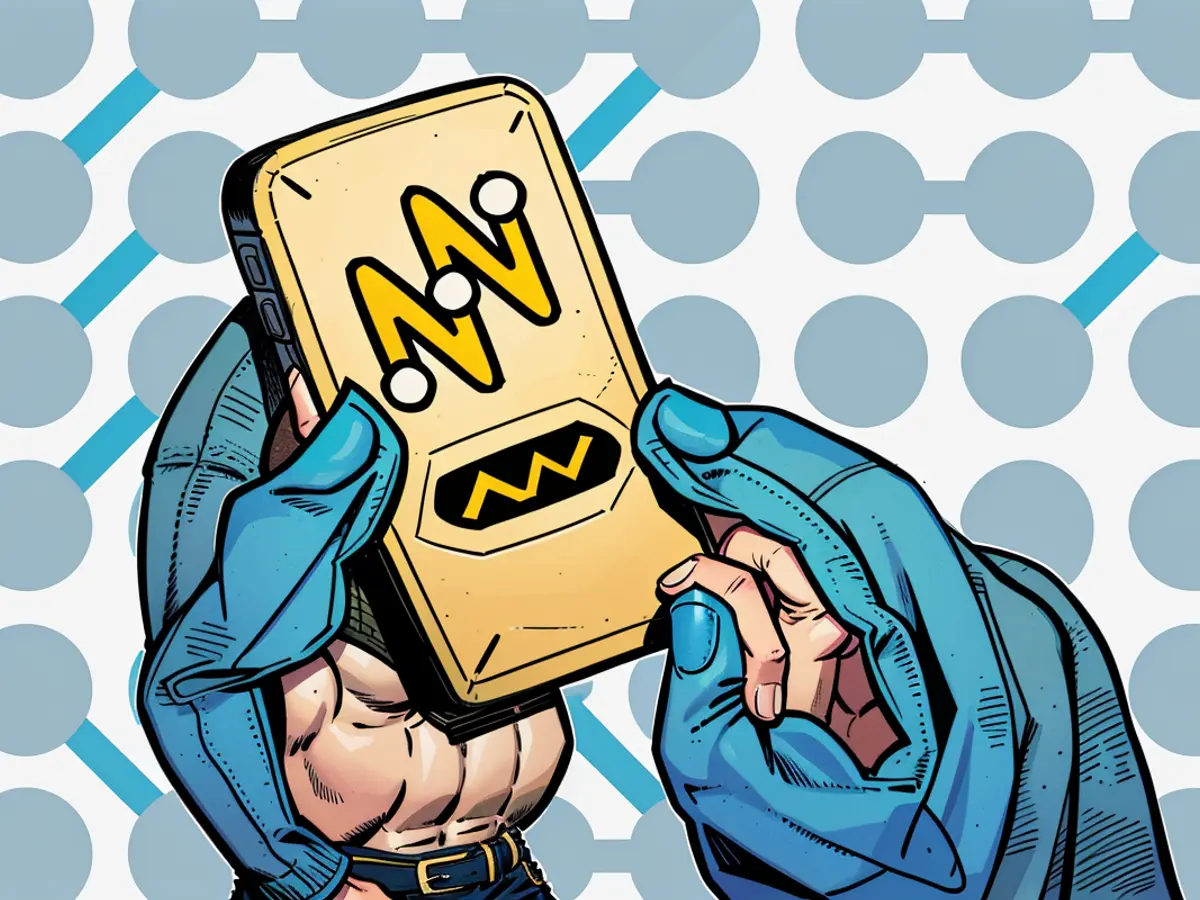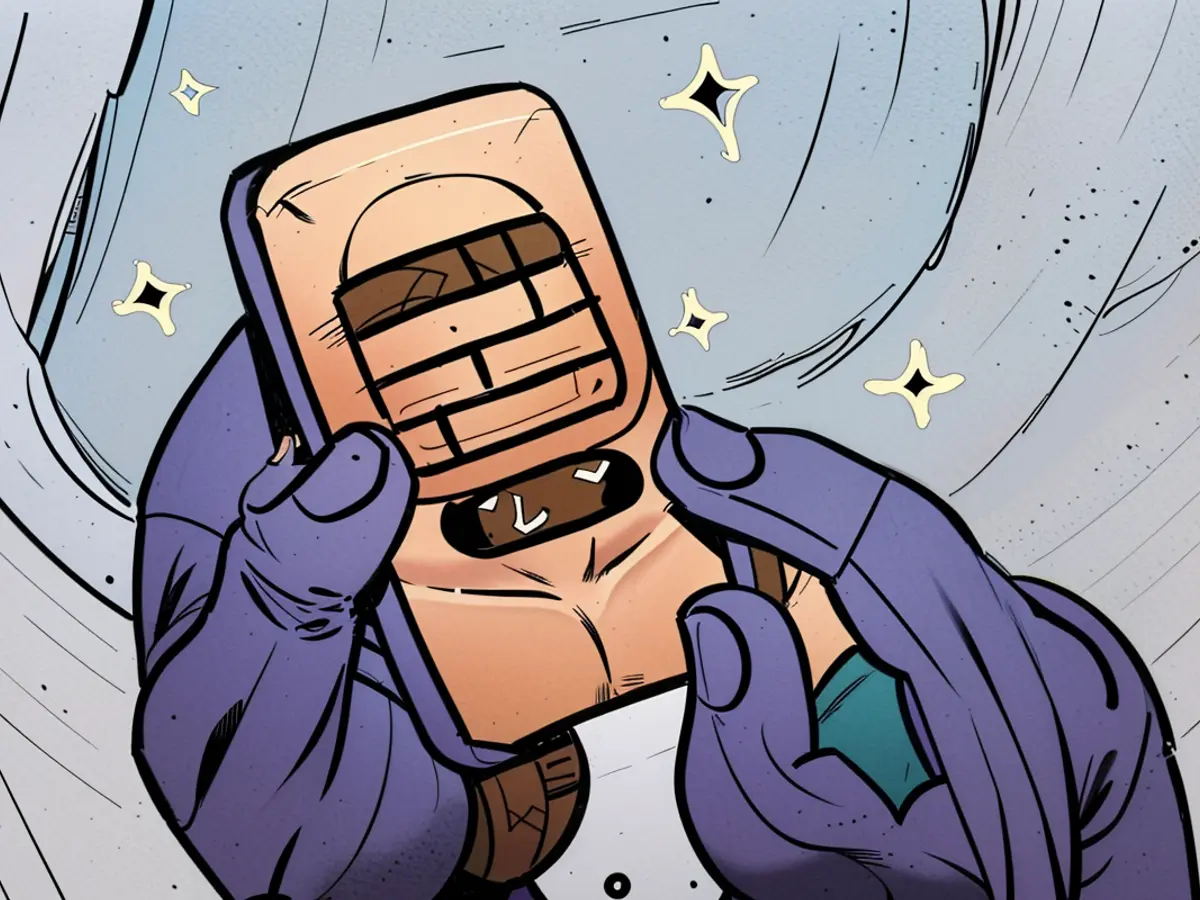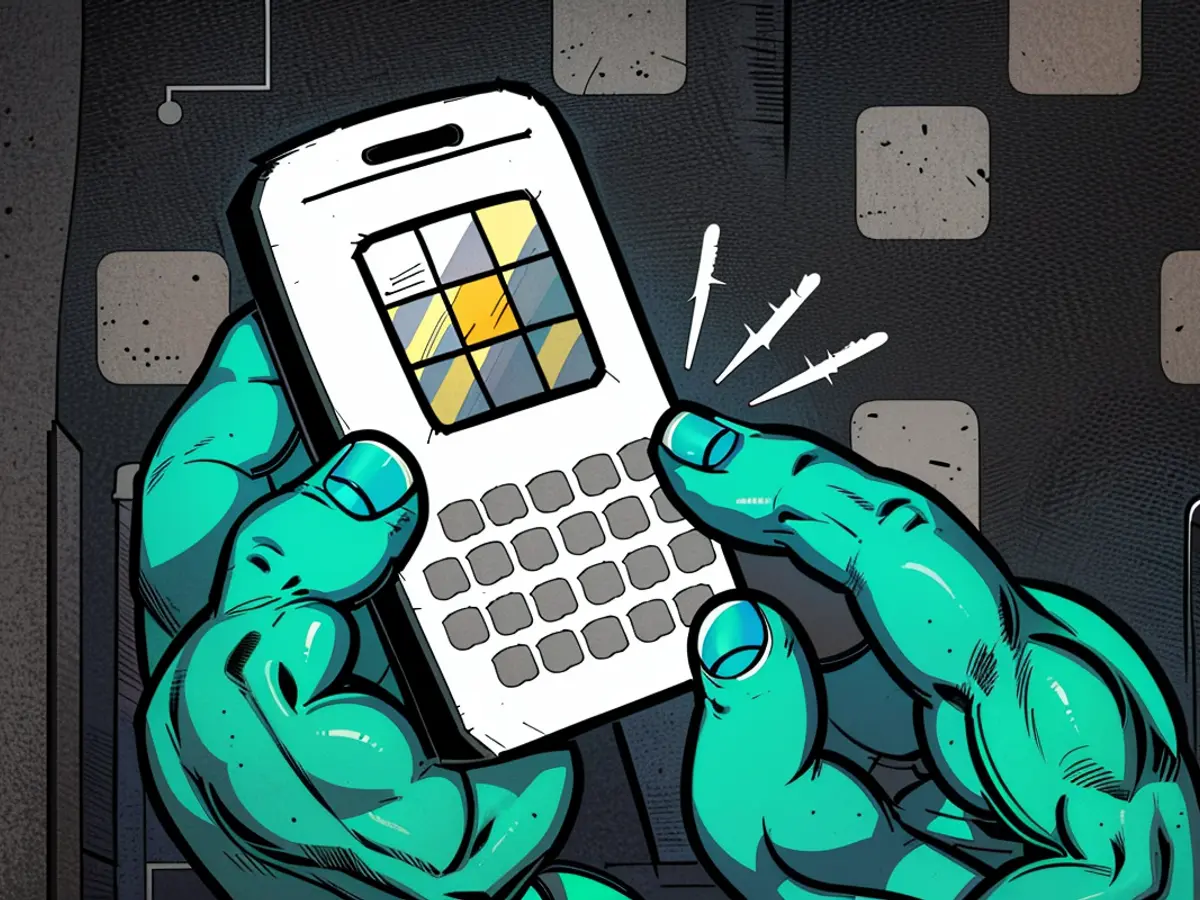Uninformed Adults' Overview of Youth Trends: Understanding the 'Wojak' Concept
School's almost back, and the buzz amongst the young crowd is all about new backpacks and water bottles (North Face and Stanley are the trendy picks, respectively). It's a languid week as a result, making it an ideal time to delve into one of the internet's enduring meme formats: the wojak.
The Wojak cosmos, unraveled
Over the past decade and a half, the collective consciousness of the internet has churned out wojaks – simple drawings that serve as a pictographic language that's widely understood by the digital natives but a mystery to the rest. Let's acquaint you with this phenomenon.
First things first, some clarification: "Wojak" is Polish for "soldier," but online, it refers to drawings of people that are used either to react to something or combined with other wojaks to express more complex ideas.
The first wojak, a drawn figure of a bald person, made its online debut around 2009. The intent behind its creation seems to be neutral, and it was often used in memes like this:
Soon, wojaks gained popularity, and users began posting variations of the original drawing that represented different types of people or stereotypes.
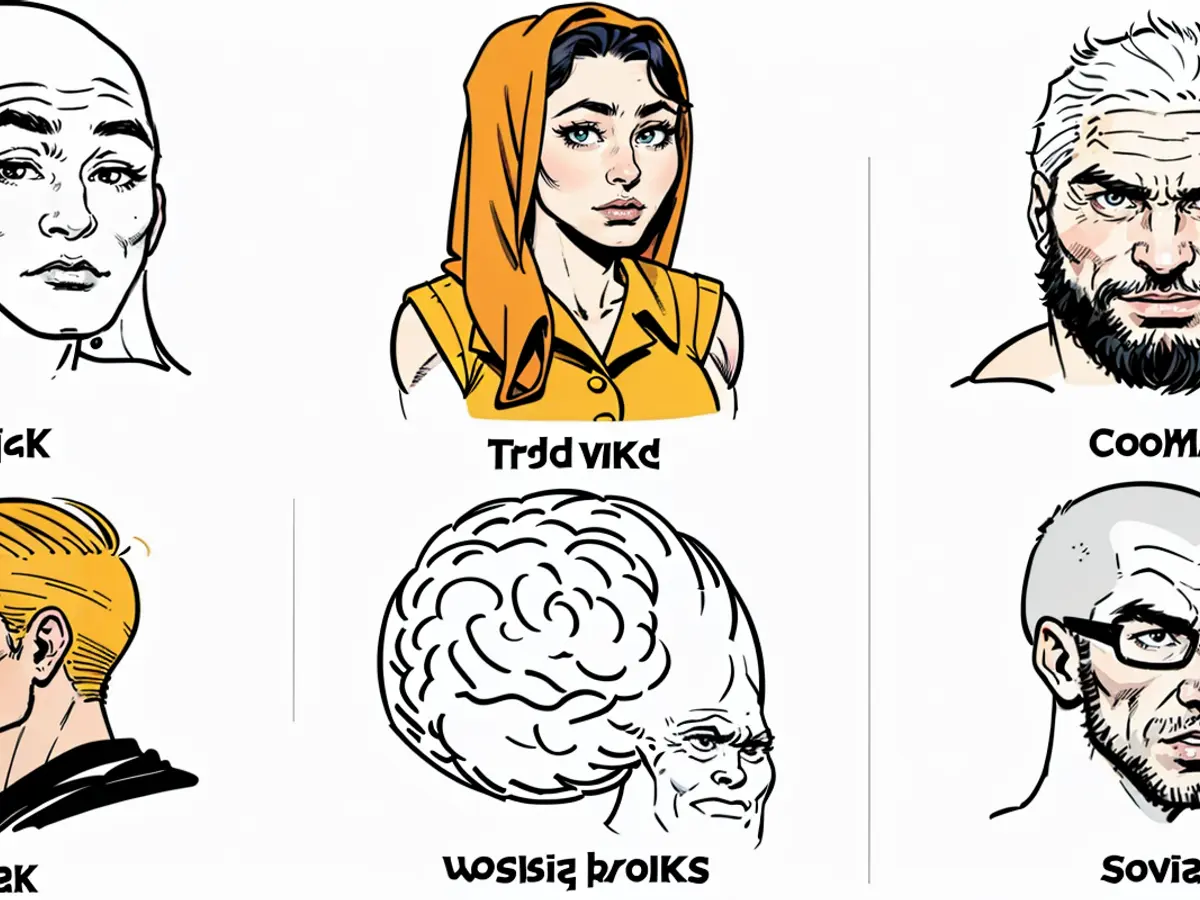
Some of the many wojaks out there.Credit: Fair Use/Stephen Johnson
Here are some of the most commonly used categories of wojaks and their meanings:
Wojak: The original wojack was used as a visual representation of the "everyman," the individual behind the screen.
Crying wojak: A wojak in tears symbolizes someone who isn't getting their way.
NPC: Introduced around 2018, this wojak is a caricature of a person who can't think independently.
Coomer: This wojak variant represents someone who excessively engages in self-gratification.
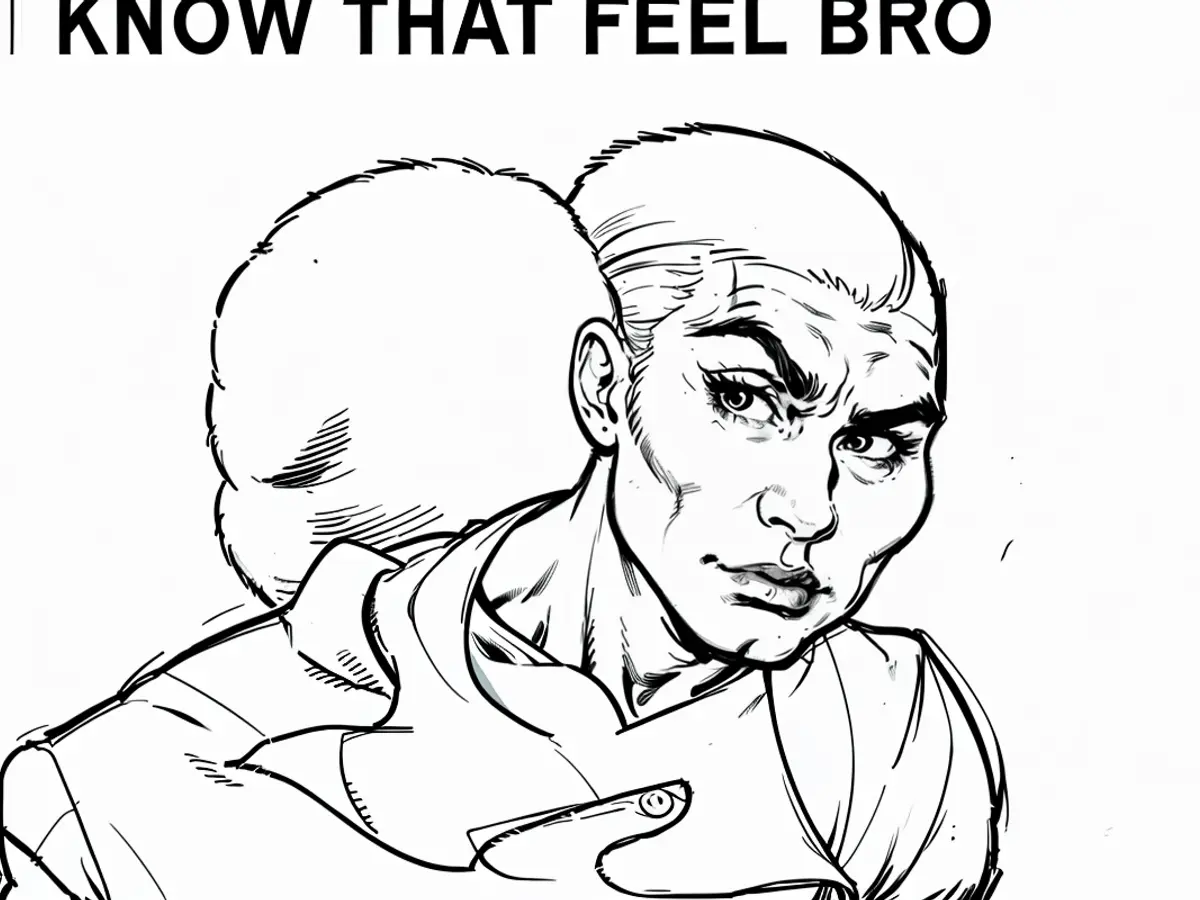
Credit: know your meme
Doomer: The doomer wojak represents a person who is depressed or pessimistic.
Chad: This wojak depicts an incredibly handsome man.
Soyjak: The antithesis of a chad, a soyjak is a person who lacks confidence.
Big-brain: This wojak is often used ironically to mock perceived intellectuals.
CHUD: CHUD wojaks were initially used to ridicule alt-right individuals but were later adopted by them.
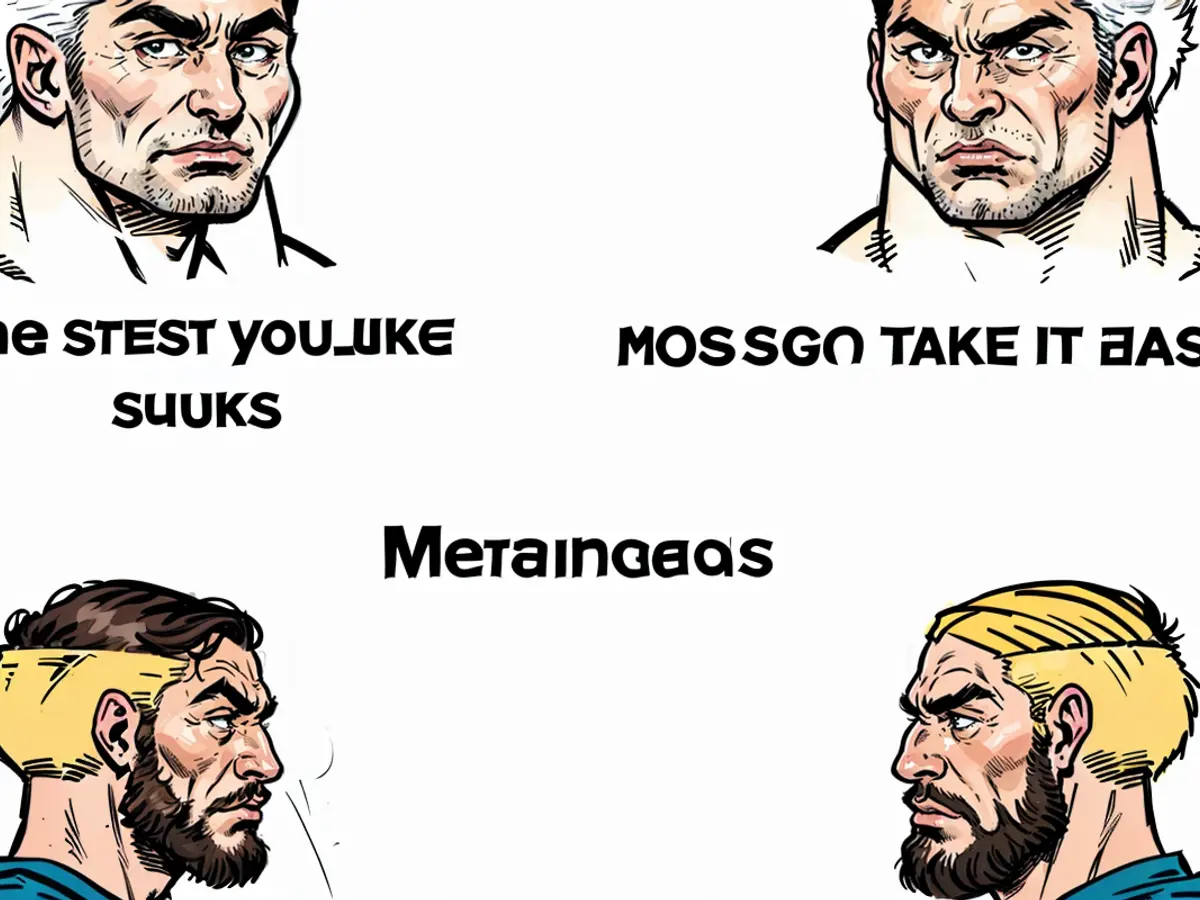
Credit: know your meme
Trad-wife: An image that represents a woman who adheres to traditional gender roles.
Masks: A crying wojak wearing a smug-looking mask is a common sight. It conveys the message that the person is pretending to be okay while actually being upset.
There are numerous other categories of wojaks, and individual drawings that "resonate" (i.e., relate to the meme creators) persist, while lesser versions fade away.
Wojak memes are used to express a wide range of ideas, but they often encapsulate the sentiment "we're better than others," as shown in the following:
But wojaks are versatile enough to be used to express the polar opposite perspective, too:
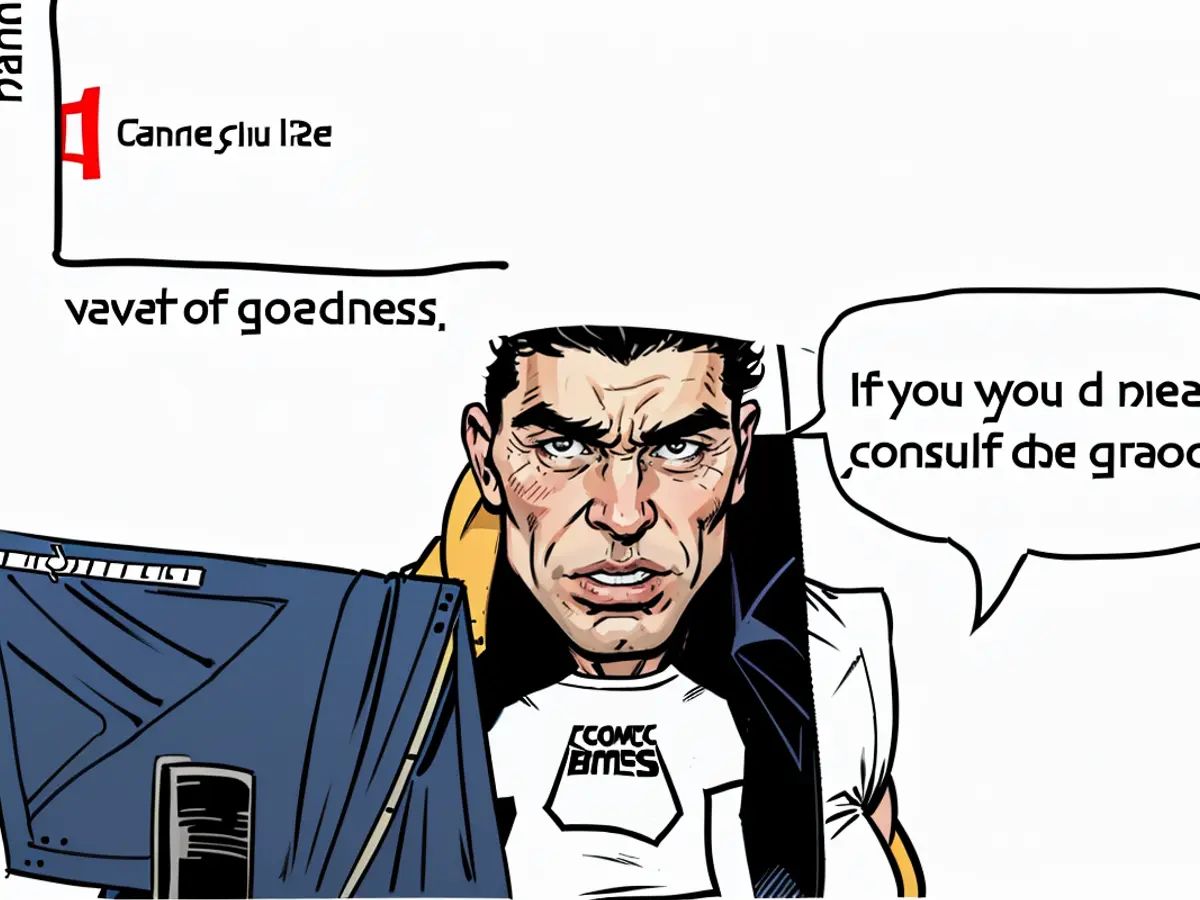
Credit: know your meme
While wojaks began as a way for an online user to present themselves anonymously, later variations of wojaks are primarily used to mock others instead. It's intriguing how the Chad is replacing the original wojak – Chad in a meme often signifies, "the cool guys like me think this way," while wojak is a much more humble self-insertion.
What does "o7" mean?
If someone responds to you online with "o7," they are effectively saluting you. It's an emoticon used in chats to convey the sentiment "yes, sir/ma'am," or as a general greeting/farewell. It's often used in online gaming at the end of a game to say, "it's been a pleasure serving with you."
Venturing into ChatGPT to critique your Instagram feed
The latest craze is getting ChatGPT to critique your Instagram feed. It's a remarkably straightforward process. Here's how it works:

Credit: Stephen Johnson
1) Take a screenshot of your Instagram feed.
2) Log into ChatGPT.
3) Click the paperclip and upload your screenshot.
4) Ask ChatGPT to "roast my Instagram."
5) Enjoy the roasting.
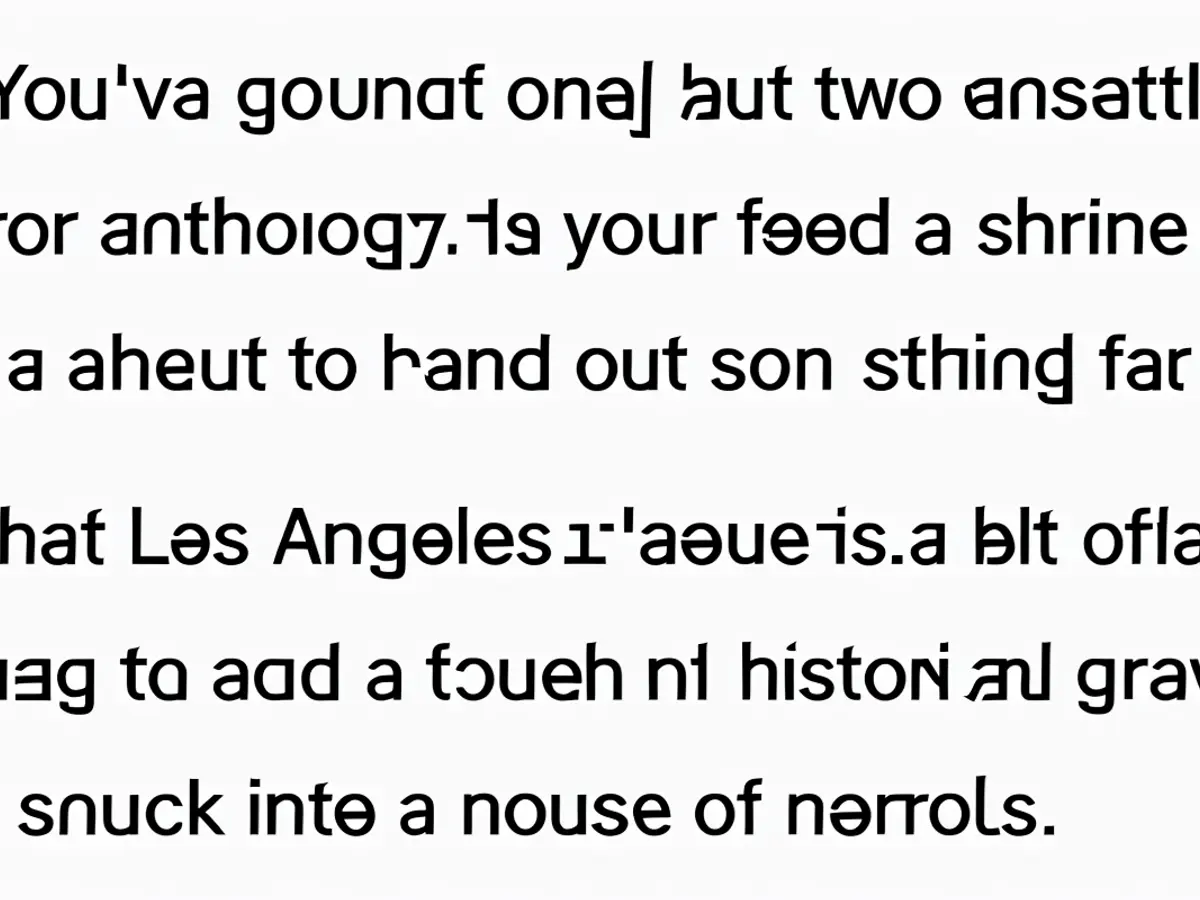
Credit: Open AI - Stephen Johnson
As a curiosity quest, I decided to give this a shot. Like I always say, I'm typically not captivated by AI, but I found it rather intriguing to see how it criticized my Instagram (see above photo.)
As expected, most of its "roast" was on the mild and predictable side, like this:
But one criticism did stick with me a little:
(Yes, it was actually our kid's friend's bar mitzvah.)
I can't even put into words the brilliance of A$AP Rocky's music video for "Tailor Swift." It just dropped an hour ago (as I type this), and I have no doubt it'll blow up online by the time you read this. It's so hilarious, bizarre, and otherworldly that you'll probably want to watch it multiple times before sharing it with your buddies.

Credit: Open AI - Stephen Johnson
Directed by Vania Heymann & Gal Muggia and filmed on location in Kyiv, Ukraine, two months prior to the Russian invasion, "Tailor Swift" is a non-stop rollercoaster of unusual visuals. It's a mix of those "spot the 10 differences in this picture" drawings we all enjoyed as kids and the films of Luis Bunuel. It's practically a work of art and you should check it out immediately, before you do anything else.
After delving into the world of wojaks, you might find yourself wondering, "What is a 'Coomer' wojak?" This wojak variant represents someone who excessively engages in self-gratification, making it a popular topic for entertainment and discussion among digital natives.
As you continue exploring the vast array of wojaks and their meanings, you might also come across the "Doomer" wojak, which represents a person who is depressed or pessimistic. This wojak can provide a humorous and relatable outlet for expressing feelings of despair or hopelessness, serving as a form of entertainment and catharsis.
